Hooray for Brewing Day
A Couple of Hiccups; Some Minor Improvisations; A Lot of Success
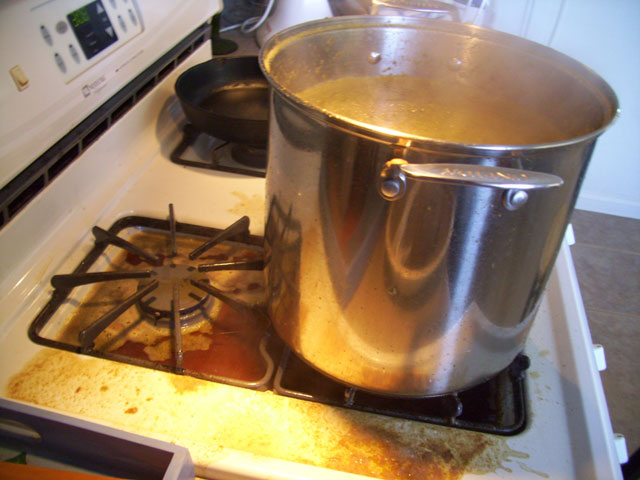
Hello. I’m Emily. I’m super lucky because I get to sharpen my writing chops as an intern here at The Santa Barbara Independent while simultaneously developing a long-envied skill: beer making. Over the next few weeks, I will be chronicling the adventures and fate of my first batch of home brew. In addition to describing brewing and racking methods, I’ll be giving recommendations for good styles and brands to try, as well as sharing beer history and pertinent factoids.
Malcolm Gladwell claims it takes 10,000 hours of practice to achieve mastery in any given area. By that logic, I have about 9,995 hours left until I’m a master home brewer.
According to federal law, for every adult in a household during a given year, one is permitted to brew 100 gallons of beer. In my household there are two adults, so that means I can make 200 gallons. Each batch is five gallons, which puts the absolute maximum number of batches I can make at 40 per year. With 999 ½ batches left to make, that would put me at mastery in 25 years at the very least — and that’s if I brew constantly.
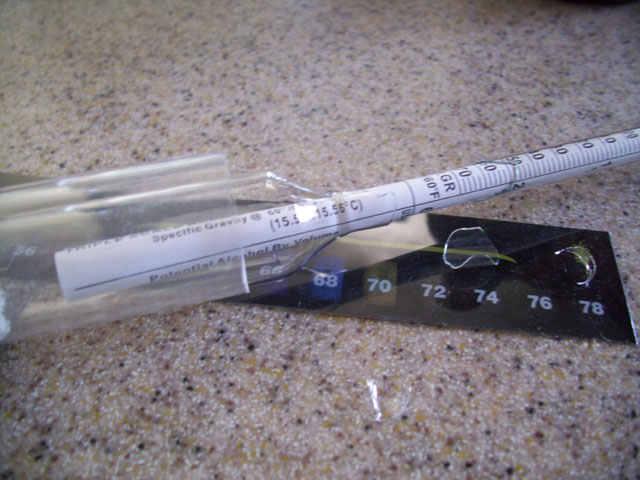
I recently shuffled through my brewing supplies at home and found a few packets of powdered chlorine for sanitation. I’d been warned by other amateur zymurgists that unsanitary brewing conditions pose the greatest risk to the future drinkability of a batch, so I wasn’t taking any chances.
In my shuffling, I also found that my hydrometer was broken. The hydrometer is used to test the beer’s specific gravity as it ferments, and makes it so a brewer can determine how much alcohol is in the beer. It looked like I would have to just carefully follow directions, rely on external signs of fermentation, and be surprised about the alcohol content. I don’t care if it ends up at three percent, honestly, as long as it tastes good. Nothing was going to stop me from brewing that day.
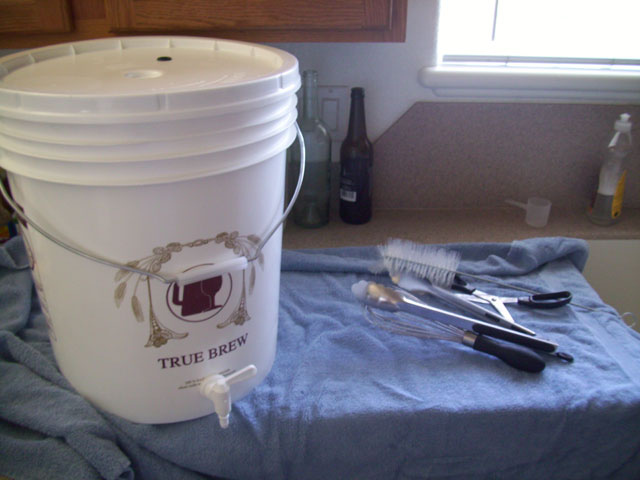
I finished unpacking my supplies, cleaned my sinks, and filled one side with sanitized water. Beyond sanitizer and pure water, a home brewer needs a stock pot, a fermenter, a fermenting lock, Pyrex cups, a jar, and a thermometer. My friend had used a glass carboy in addition to his primary fermenter, using the carboy to hold the beer, sticking a plastic tube into the lock, and having the yeast’s waste products blow into a plastic dish.
My supply instructions had me simply leaving the beer in the primary fermenter (which is little more than a massive bucket) and not transferring it to the carboy. After scouring several brewing blogs in a panic, looking for corroboration, I finally concluded that the airlock was a totally viable way of brewing. I shouldn’t really have been that freaked out. Brewing with an extract kit is just a couple of steps above making a Duncan Hines birthday cake.

When I finally started heating two gallons of water in the stock pot and steeping the grain pack like a giant teabag, relaxation overcame me. The feeling was akin to settling into a Jacuzzi after a day of vigorous hiking. I let 20 minutes pass and searched for a good horror movie on Netflix streaming.
When I returned to the stove, the water had turned the color of maple syrup and smelled like rye-bread baking. The next addition was a gallon of viscous malted barley syrup. I stirred it in and waited for the mixture to boil, as I used my sanitized scissors to open a sanitized packet of hops; they were condensed into green pellets and looked like rabbit food.
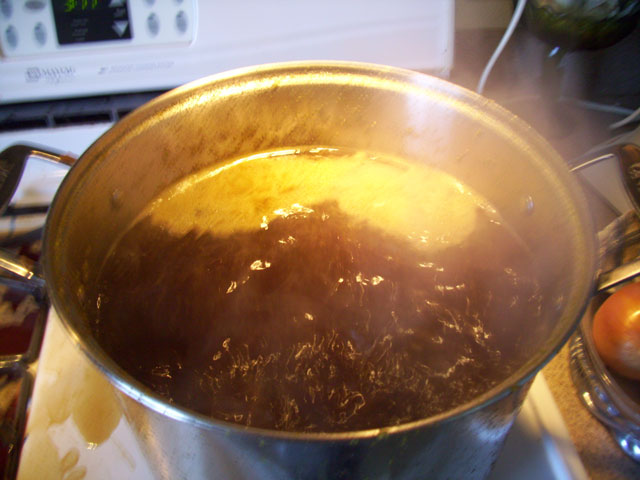
When I added the hops, the churning wort surged up and over the edges of the pot and all over the stove. I scrambled to turn off the stock pot and waited for the tsunami to subside. There will be slightly less than five gallons in this batch.
After moving the stock pot to a burner that wasn’t submerged, I began the 60-minute boil and started watching Hannibal. In the words of Gary Oldman, it seemed like a good idea at the time, but I was too excited about repeatedly checking on the wort to pay much attention to the on-screen carnage. This is the beer-maker’s equivalent of refreshing the inbox — one of many, in fact. The other equivalent is checking to see if the beer is fermenting properly.
At about the 50-minute mark, I filled the empty sink with bags of ice, and set my sanitized yeast packet on a clean towel. My ingredients list didn’t say anything about preparing the yeast, but other sources I had looked at said that if one had a packet of dry yeast — like I did — a certain amount of preparation would help activate it. This involved boiling water, then rapidly cooling it to 70 degrees before emptying the yeast packet, mixing it, and sealing it inside a jar to wait for the moment that the wort was cool enough to welcome it. I needed the ice bath for that, and I also needed the ice bath to rapidly cool the wort after its 60-minute boil. Getting all the liquid down to a safe temperature is one of the most important steps to ensure fermentation. If the water temperature is too high, the yeast dies.
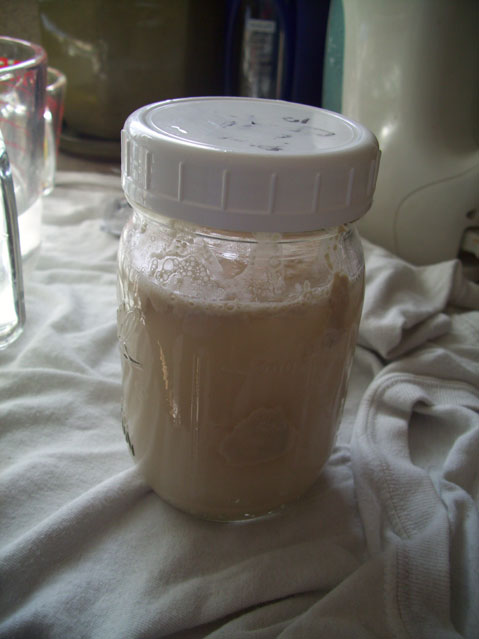
When all was cool, I poured the boiled mixture of grain extractions, malt syrup, and hops into the fermenter and added the rest of my water. After the mixture cooled further, I sloshed the wort back and forth to aerate, and then poured the yeast mixture into the fermenter. I sealed the bucket tightly and added water to the cap-like airlock that sits on top of the bucket. If all went well, the water in the airlock would soon start to pop and bubble.
My stove was still swamped with wort overflow, but I felt accomplished. After cleaning the kitchen and stowing the fermenter in our hallway closet, there was nothing left to do but wait for two weeks until the time comes to bottle the beer. Nothing, that is, if you don’t count refreshing the inbox.
4•1•1
The Santa Barbara Independent‘s “Holiday Homebrew Hoedown”
Do you make tasty brews in your garage? Want to show off your ale-crafting skills to the masses?
Then start concocting a holiday-style ale for The Independent‘s first ever homebrew competition, which will go down in early December.
To enter, send your name, homebrewing experience, and description of the holiday ale you plan on making to food@independent.com today!



